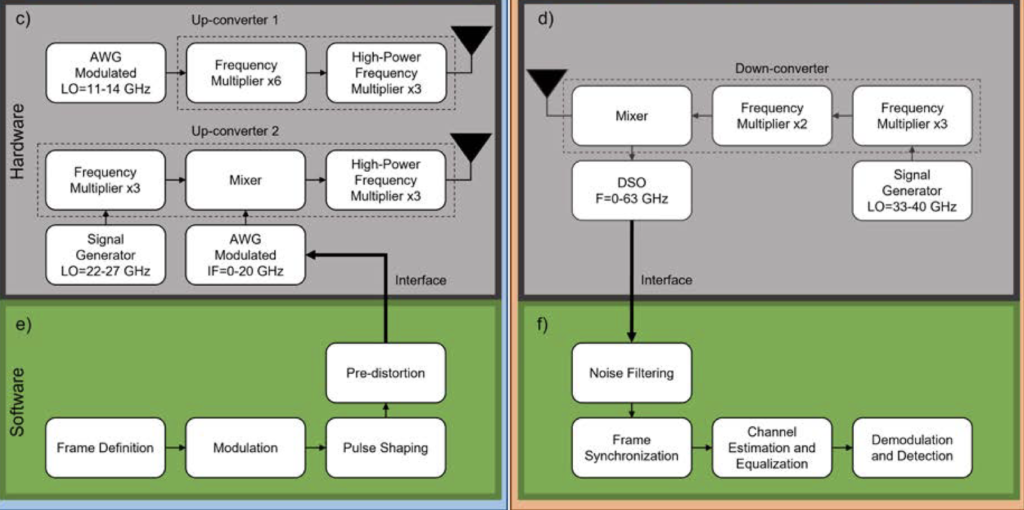Researchers at the Northeastern University, the NASA Jet Propulsion Laboratory (JPL), and the Airforce Research Laboratory (AFRL) have achieved a Terahertz transmission link over a record-breaking distance of 2.03 km (1.26 miles) and 2 Gbps without bit error rate (BER). However, they were able to reach 4 Gbps with a small amount of BER.
The team used a link operating at 210-240 GHz in a line-of-sight area at AFRL’s facilities in upstate New York. That is the longest Terahertz transmission ever recorded, one that might start a new era in the field and can help advance 6G.
Besides the stunning link speed, the experiment might undermine the notion that Terahertz communications are more or only suitable for indoor communications.
“That is the longest terahertz link ever demonstrated. It debunks the myth that the terahertz frequencies are only good for very short distances. With this, we prove that we can bridge the digital divide and provide rural ultra-broadband connectivity for everyone,” said Professor Josep Jornet, one of the researchers who conducted the experiments.
A Unique Approach
According to the paper detailing their achievement, accepted by Nature Electronics, the transmitter encompassed a signal generator, an up-converter with world-record output power, a lens antenna and an ultra-broadband arbitrary waveform generator.
The receiver encompassed a lens-antenna, a low-noise down-converter and a digital storage oscilloscope (a signal measurement device).

According to Jornet, who leads the UN Laboratory at Northeastern University, the approach adopted by the team makes the experiment unique. Instead of working on novel hardware for Terahertz transmissions and only later getting the signal processing portion going, they did the opposite.
The researchers tried to understand why the power of current Terahertz radios was so low and tried to solve it from the signal processing perspective, not the hardware perspective.
The first challenge was adapting JPL’s Terahertz radar technology for communications. The team, Jornet observed, had to add a mixer to the transmitter, but current mixers cannot handle the amount of power that JPL’s Terahertz source has. “If we cannot add a mixer, how can we add information to the signals we want to transmit?” he asked.

Here’s where the signal processing part enters. They found two different ways to inject information, both leading to a high non-linear distortion in the data transmitted. The solution was basically to “non-linearly predistort the information in a way that, when it goes through our radio, it becomes ‘normal,’” Jornet explained.
“The key idea is that we had hardware and signal processing experts working together simultaneously, as opposed to ‘one after the other.’”
Even though the team has achieved a record-breaking milestone, researchers acknowledged there are still several advancements needed to enable the large adoption of Terahertz transmissions. One is putting together a smaller setup than the one used in the experiment.
However, a paradigm shift could be on the horizon. According to the team, transmitting power might not necessarily be the main challenge anymore. “Refined transceiver architectures, innovative signal processing, and modulation solutions will be needed [to achieve Terahertz communications],” the article reads.







